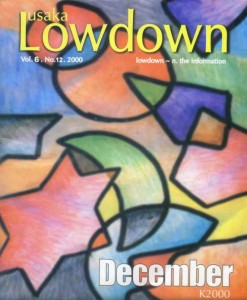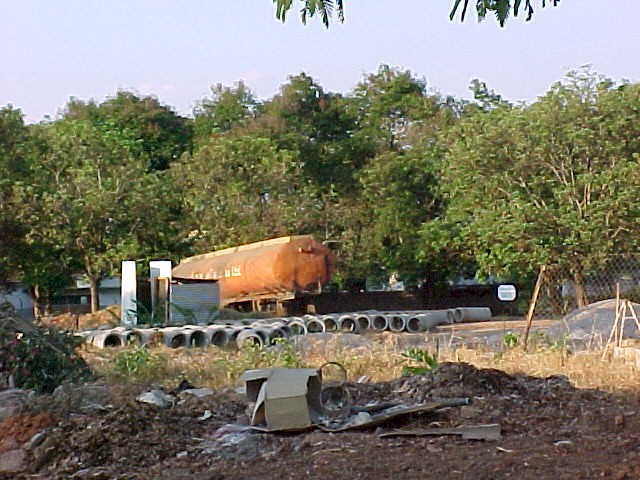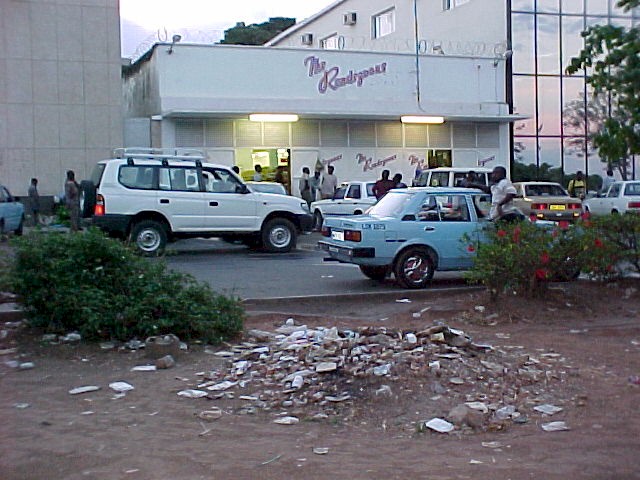 Brownfields, are abandoned, idled, or under-used industrial and commercial facilities where expansion or redevelopment is complicated by real or perceived environmental contamination. In Lusaka, we have our own brownfields – areas in residential and commercial zones which, only a few years ago, were green, peaceful areas within the city limits where one could escape the squalor of the central business district and shanty towns with their piles of rubbish on the streets. In these greenfields town dwellers could enjoy the indigenous trees and the neatly laid out gardens whilst their children played on the grass. But no longer.
Brownfields, are abandoned, idled, or under-used industrial and commercial facilities where expansion or redevelopment is complicated by real or perceived environmental contamination. In Lusaka, we have our own brownfields – areas in residential and commercial zones which, only a few years ago, were green, peaceful areas within the city limits where one could escape the squalor of the central business district and shanty towns with their piles of rubbish on the streets. In these greenfields town dwellers could enjoy the indigenous trees and the neatly laid out gardens whilst their children played on the grass. But no longer.
Last month we referred to the area at the junction of Chindo and Leopard’s Hill Roads. Not only is this now a construction site where contractors working on Lusaka’s roads have parked their equipment and dumped stone and sand, but they also have fuel storage tanks, which must contravene even our outdated Petroleum Act. Apart from the eyesore, it also puts at risk the people living in the adjacent areas.
But worse than this, must be what was once a park in front of the shopping area at Longacres. This area is now full of piles of rubbish, and at the beginning of November somebody started lopping branches off one of the trees. It is understandable that nobody would want to use this area as a park, unless you wanted to be harassed by street vendors selling vegetables, baskets, shoes and anything else you care to name. Of course, if you like the noise of blaring hooters and shouting from the touts at the bus stop in Haile Selassie Avenue, then this is the place for you.
Last week, I was told by an official of the Lusaka City Council that, currently, most of their staff are employed in the peri-urban areas like Mandevu and Garden Compound, cleaning up rubbish because of the threat of cholera during the forthcoming rainy season. Congratulations to whoever was responsible for this – at last somebody in the Council has thought of something before it reaches crisis proportions, but they would do well to clean up the Longacres area as well, because with the accumulation of rubbish there, the threat must be almost as great.
Lusaka is the fastest growing city in southern Africa and the population is estimated at two million. The roads are congested, the traffic is chaotic and this will be exacerbated as the population continues to increase. Try doing your shopping at Longacres which has some excellent supermarkets selling goods at reasonable prices. Trying to get into the parking area is impossible with cars coming at you from all directions, taxis parked on the pavements and street vendors directing the cars in and out of the parking spaces.
Ideally, this area should be returned to a ‘green area’, but it would be more expedient to convert it into a parking area. If traffic flows are properly planned, the traffic congestion would diminish, as would the problem of trying to find somewhere to park that is not on a pavement. This would of course require the assistance of the officers on duty at the Police Post there – all that they would need to do would be to control the traffic, including the buses stopping at the bus stop.
The City Council should station a few of their approximately 2,000 employees at Longacres with instructions to clean up the rubbish and if the matter was approached in the proper manner, surely the shop owners at Longacres would be willing to provide rubbish receptacles for the use of general public.
Like many others, we believe that Lusaka is a city with a future, but are our Council up to the challenges of the future? Will they be able to keep it reasonably clean? Will they be able to preserve the few ‘green areas’ that still exist? Will they be able to provide the infrastructure required for the increasing population? These are the questions that Lusaka’s residents should be asking as we approach the local Government elections scheduled for 2001.



Leave a Reply
You must be logged in to post a comment.